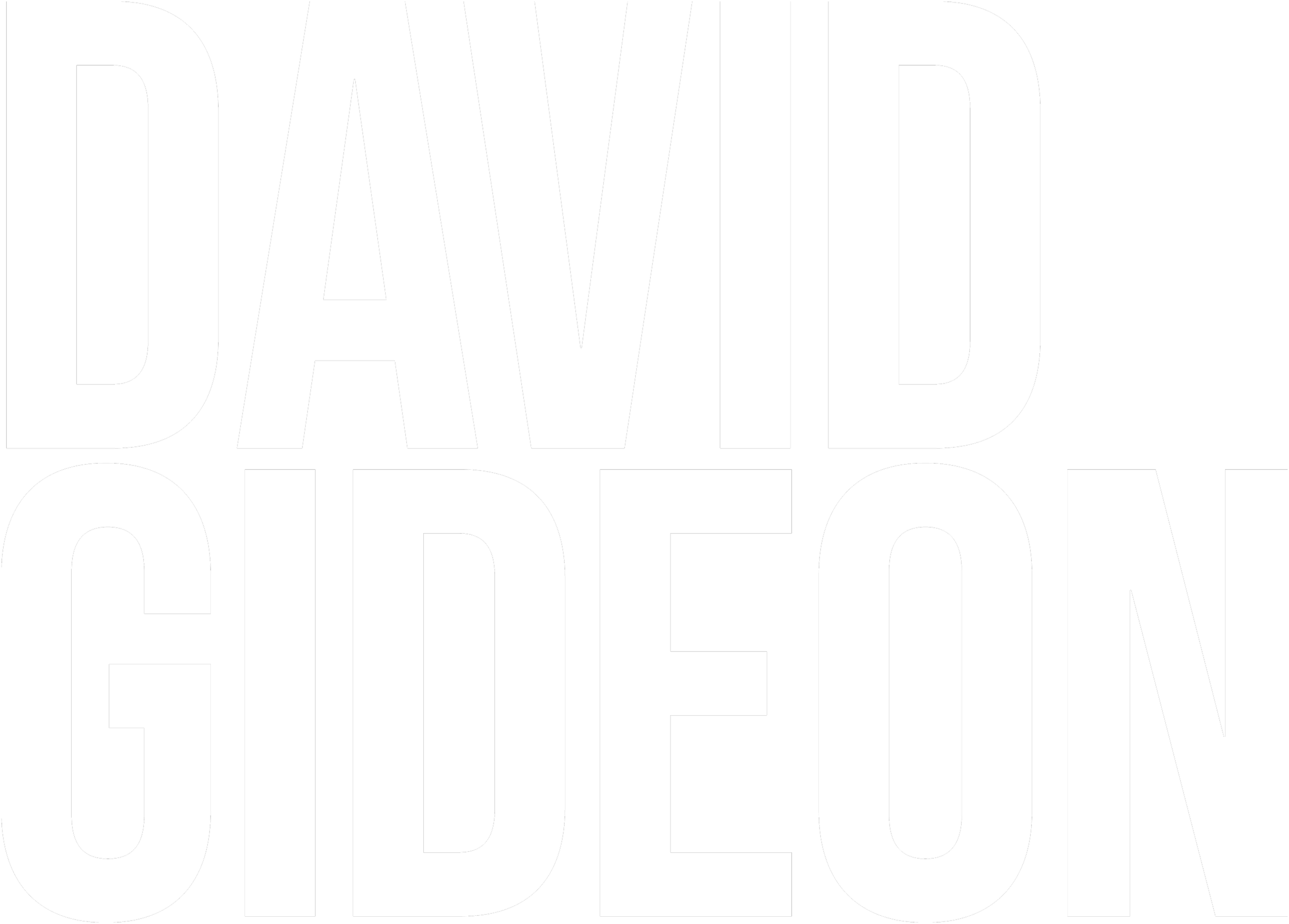Even during Lee Strasberg’s lifetime, the idea that The Method reached its pinnacle of success with the poetically realistic plays of the ’50s and ’60s was common. It has even been put forth that the shift in theatre towards different structures has made The Method irrelevant or obsolete. Where this began is impossible to track, but it shows a complete lack of understanding as to the very nature of what Lee was teaching in his classes, and sharing at The Actors Studio sessions.
There was a very great symbiotic relationship between Lee’s work with The Group Theatre and Clifford Odets’ plays. After all, Clifford didn’t start writing until after he became part of The Group. Such Odets’ plays as “Waiting For Lefty”, “Golden Boy”, “The Big Knife”, and many more were directed under the guiding eyes of The Group Theatre’s founders. These plays, steeped in nitty gritty realism of the post depression era came to life in the hands of actors who brought their own inner realities to the stage. The legendary opening night performance of “Waiting For Lefty” left the audience standing and shouting”STRIKE” as if they had participated in a union meeting rather than having attended the theatre.
When Group Theatre member Elia Kazan shifted his focus from acting to directing, the plays of Tennessee Williams came to life with a poignancy that even startled the playwright. Marlon Brando’s cry, “Stella”, at the end of “A Streetcar Named Desire” is still heard as if it was an never ending echo. Productions imitate it, and young acting students longingly shout it out in efforts to recapture its intensity.
There are new plays produced that could benefit greatly from The Method’s desire for truth and personal expression. And in some instances, individual actors actually accomplish it. Only one of the three actors in the Broadway production of Richard Greenberg’s “Three Days of Rain” were believable and real. Even though there were several strong performances, the recent Broadway production of Bernard Pomerance’s “The Elephant Man” had only one fully realized and truthful performance. To a large degree this is the result of directors who leave the approach to acting up to each individual actor rather than establishing a unifying way of working for an entire cast.
The recent production of Stephen Adly Guirgis’ “The Last Days of Judas Iscariot” at The Actors Studio is a wonderful example of a more modern, stylistic play brought to truthful life under the direction of long time Studio member Estelle Parsons. She wisely used Actor’s Studio members in the cast, leading to a cohesive way of working. No poetic realism in that play; only strong, driving, inner lives moving the characters and situations forward.
Of course, that play uses many archetypes, and that brings up the idea that in plays that are written for representational styles such as Molière, revivals of any of the Greek plays, commedia dell’arte, etc. there is no need for Method Acting and its connection to a strong psychological life. But therein lies the rub, for even archetypes have inner lives.
More to the point is the fact that no play exists that doesn’t require the use of an actor’s imagination. Lee Strasberg’s teaching was and is a clear understanding of how to access our imaginations at will. There is no need to hope for inspiration when sensory memory opens the door to our imaginations and inner lives.
It becomes very apparent when working on plays such as Carlo Gozzi’s “The Green Bird”, written in 1765, which actors only tackle the outer character work, and which are combining that with rich inner work. The same is true of any of Molière’s farces, and any and every play written from any time and in any style. Samuel Beckett’s “Waiting for Godot” is an absurdist play that requires actors to ground themselves in the characters’ situations. Without the strong inner life connections that Method Actings brings, “Godot” becomes a series of superficial jokes.
It has become very fashionable to say that, “all of Shakespeare is in the lines”. Learn them, understand them, and say them is all that an actor needs to do. Yet no other writer in the english language has shown a greater understanding of the workings of a person’s inner life than he. It is eerie that his characters’ behaviors in scenes and soliloquies, reveal insights that weren’t more fully understood until 300 years after his death. Yes, there is beauty in just saying or hearing his lines, but there is magnificence in bringing them to life.
The examples extend to every form of theatre and film. Writers, actors, and directors all must use their imaginations, and no greater access to the imagination has yet to be discovered than the use of the crafted techniques brought to us by Konstantin Stanislavski and expanded upon and taught to us by Lee Strasberg and Method Acting.
